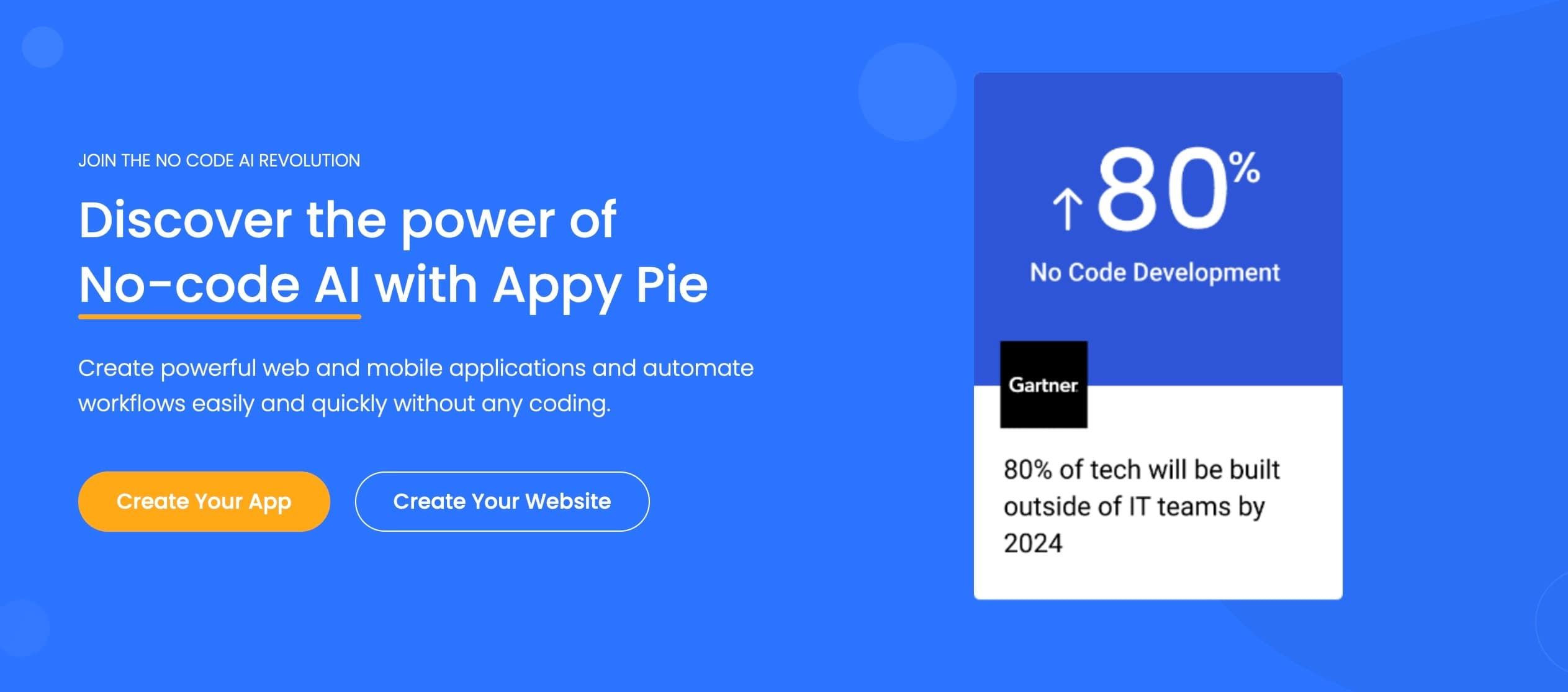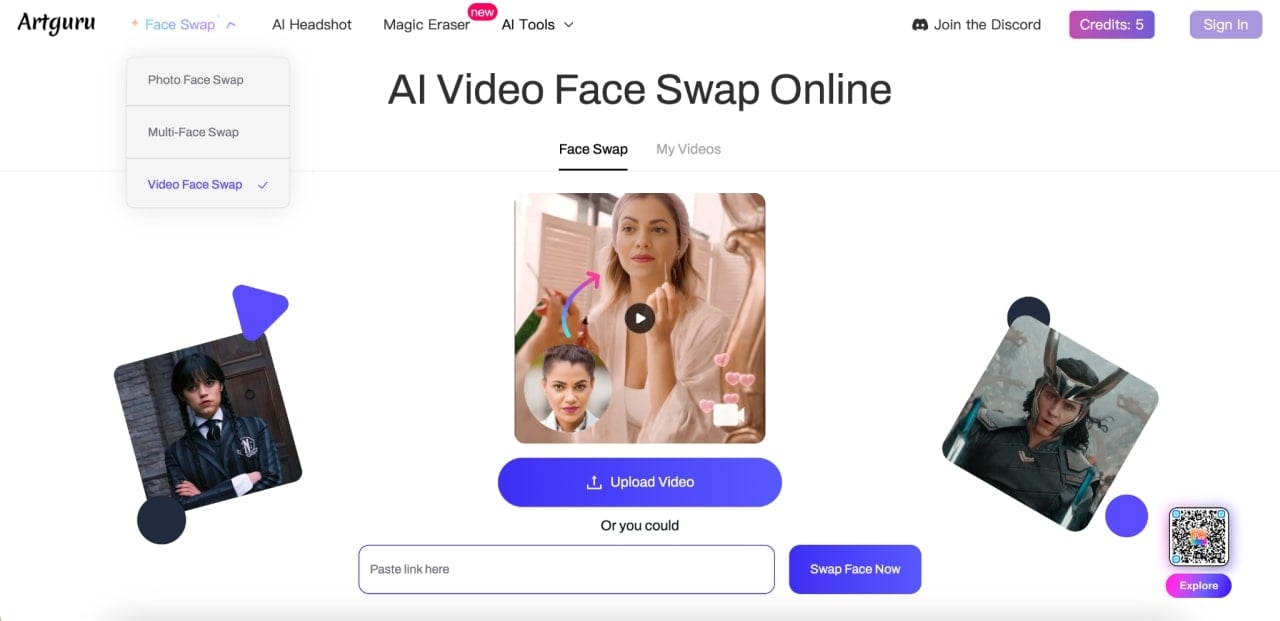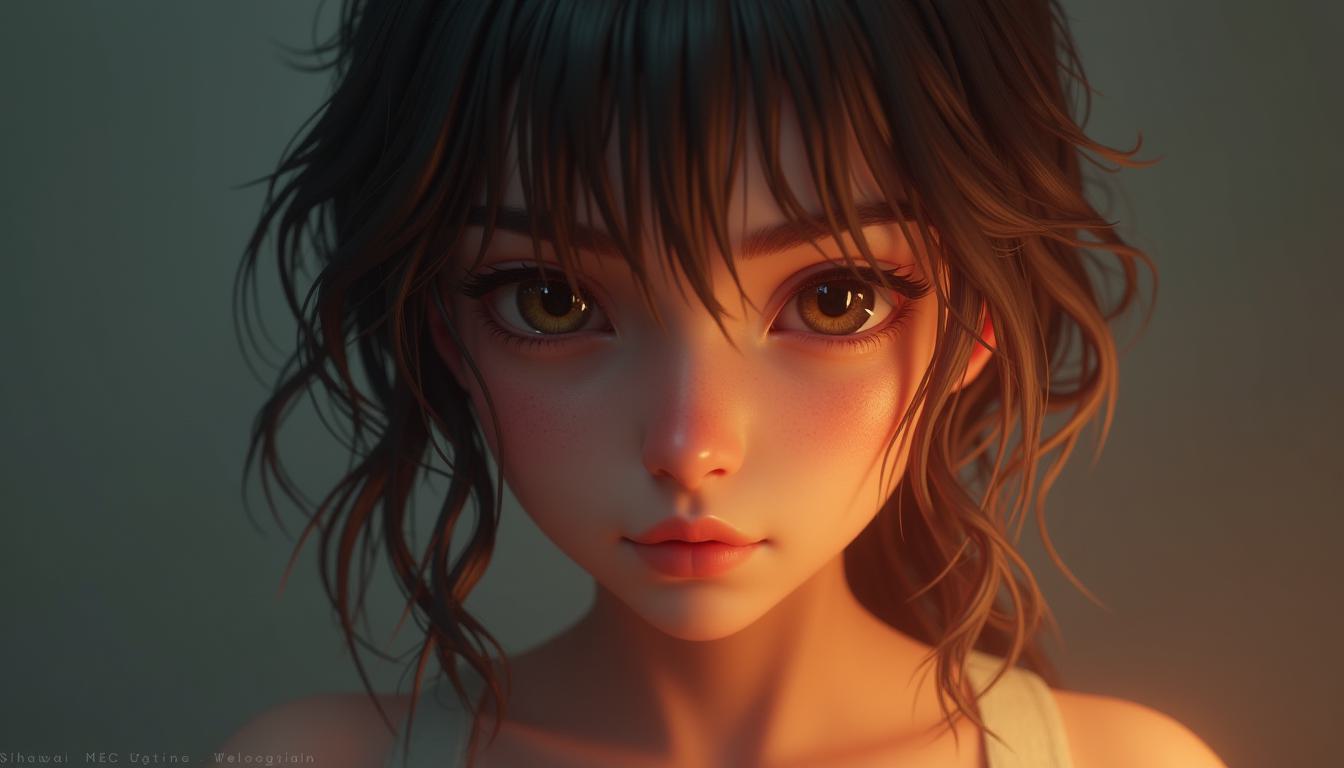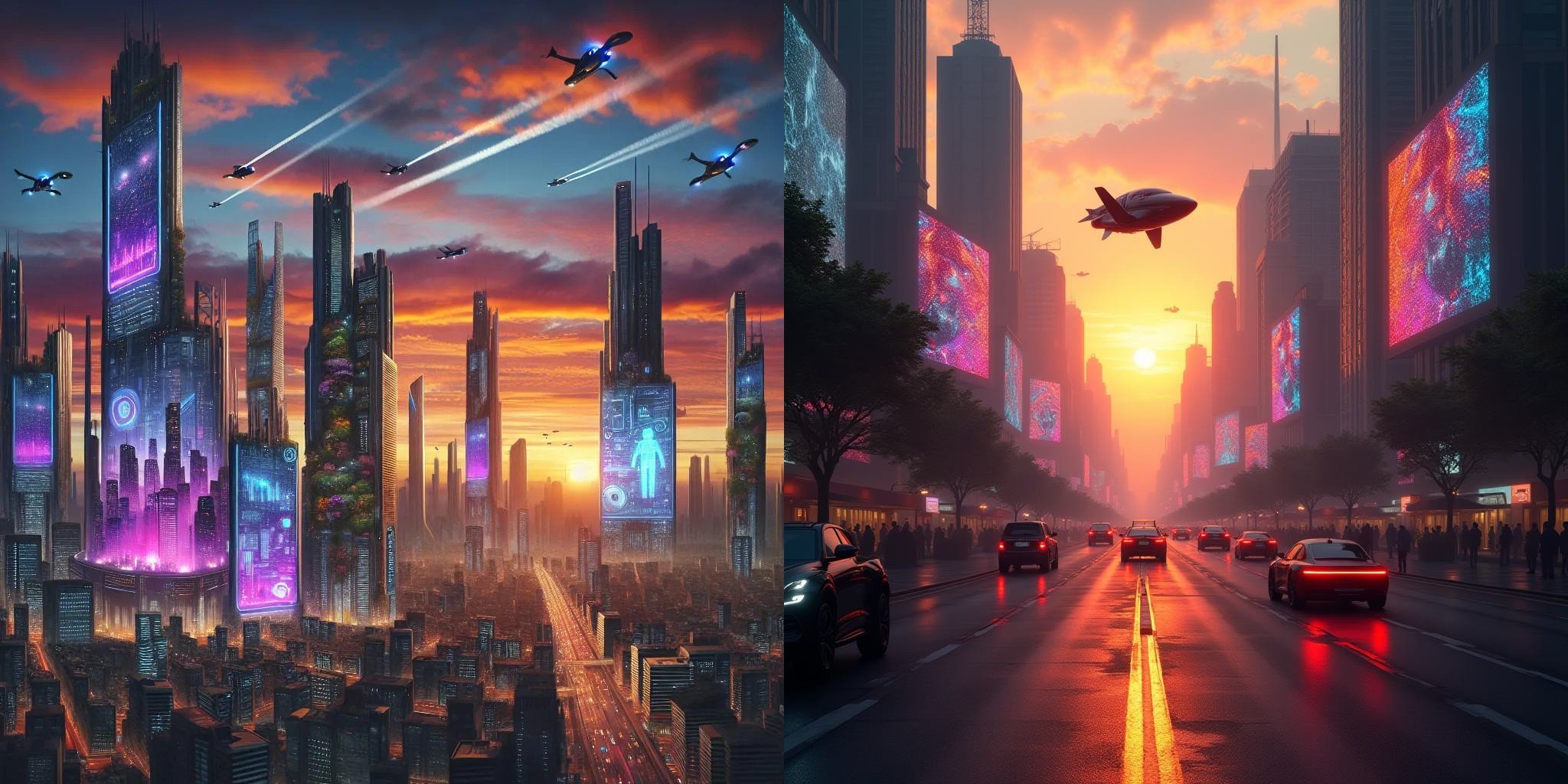The Rise of Generative AI Tools: Transforming Creativity and Content Creation

- Understanding Generative AI
- AI Animation Generators: Breathing Life into Ideas
- AI Video Generators: Crafting Stories with Precision
- AI Image Generators: Redefining Visual Creativity
- AI Art Generators: The Intersection of Art and Technology
- AI Poster Makers: Simplifying Design Processes
- The Future of Generative AI Tools
- Conclusion
Generative AI tools are some of the most exciting and transformative developments in the field of artificial intelligence today. These tools, which include AI animation generators, AI video generators, AI image generators, AI art generators, and AI poster makers, are revolutionizing the way we create and interact with digital content. They are opening new horizons for artists, designers, marketers, and anyone involved in the creative process. In this blog, we will explore the impact and potential of these generative AI tools, delving into how they work, their applications, and the future they promise.
Understanding Generative AI
Generative AI refers to a subset of artificial intelligence that focuses on creating new content. Unlike traditional AI, which primarily analyzes and interprets data, generative AI uses algorithms to generate new data that resembles the input data it was trained on. This process involves complex neural networks, such as Generative Adversarial Networks (GANs) and Variational Autoencoders (VAEs), which are capable of producing high-quality, realistic outputs.
AI Animation Generators: Breathing Life into Ideas
One of the most captivating applications of generative AI is in the field of animation. AI animation generators are tools that can create animated sequences from static images or even textual descriptions. These tools utilize advanced machine learning techniques to understand the motion and dynamics of objects and characters, allowing them to generate smooth and lifelike animations. For instance, DeepMotion and AnimateBot are AI animation generators that have garnered significant attention. These tools can automatically animate a character based on user-provided input, such as a still image or a 3D model. The implications for the entertainment industry, education, and marketing are profound. Animators can now focus more on storytelling and creative direction rather than spending countless hours on frame-by-frame animation.
AI Video Generators: Crafting Stories with Precision
AI video generators take the capabilities of generative AI to the next level by producing entire video sequences. These tools can create video content from scratch or enhance existing footage. They are particularly useful in areas such as content creation, marketing, and virtual production. RunwayML and Pictory are examples of AI video generators that have made significant strides in this domain. These tools can generate video clips based on textual descriptions, allowing users to create video content without the need for expensive equipment or extensive production teams. Imagine a marketer being able to generate a promotional video for a product simply by describing the key features and benefits. This not only saves time and resources but also democratizes the video production process.
AI Image Generators: Redefining Visual Creativity
AI image generators are perhaps the most well-known and widely used generative AI tools. These tools can create realistic images from textual descriptions, sketches, or even random noise. The most notable example in this category is OpenAI's DALL-E, a powerful AI image generator capable of producing highly detailed and imaginative images. AI image generators have a wide range of applications, from creating concept art for video games and movies to generating marketing materials and product designs. Designers and artists can leverage these tools to quickly prototype ideas, explore different visual styles, and overcome creative blocks. Additionally, AI image generators can assist in creating personalized content, such as customized avatars or unique social media posts.
AI Art Generators: The Intersection of Art and Technology
The realm of AI art generators represents a fascinating intersection of technology and creativity. These tools can produce stunning pieces of art that rival the work of human artists. By analyzing vast datasets of existing artworks, AI art generators learn to mimic different artistic styles and create original compositions. Tools like Artbreeder and DeepArt have gained popularity among artists and art enthusiasts. Artbreeder allows users to blend and evolve images to create entirely new artworks, while DeepArt transforms photos into paintings in the style of famous artists. The implications for the art world are significant, raising questions about authorship, creativity, and the value of AI-generated art. However, many artists are embracing these tools as collaborators, using them to push the boundaries of their own creativity.
AI Poster Makers: Simplifying Design Processes
In the world of design, AI poster makers are streamlining the creation of promotional materials, event posters, and advertisements. These tools leverage generative AI to produce visually appealing posters based on user input, such as text, images, and design preferences. Canva and PosterMyWall are examples of platforms that have integrated AI poster makers into their offerings. Users can quickly generate professional-quality posters without needing extensive design skills. This democratization of design tools empowers small businesses, event organizers, and individuals to create eye-catching promotional materials with ease.
The Future of Generative AI Tools
As generative AI tools continue to evolve, their impact on various industries will only grow. Here are some key trends and future possibilities:
- Enhanced Personalization: Generative AI tools will become increasingly adept at creating personalized content. From custom-tailored advertisements to individualized educational materials, the ability to generate content that resonates with specific audiences will be a game-changer.
- Improved User Interfaces: The user interfaces of generative AI tools will become more intuitive and user-friendly. This will lower the barrier to entry, allowing more people to harness the power of these tools without requiring technical expertise.
- Collaboration with Human Creators: Rather than replacing human creators, generative AI tools will serve as collaborators. Artists, designers, and content creators will work alongside AI to explore new creative possibilities and streamline their workflows.
- Ethical and Legal Considerations: As generative AI becomes more prevalent, ethical and legal considerations will come to the forefront. Issues such as copyright, plagiarism, and the ethical use of AI-generated content will need to be addressed to ensure responsible and fair use.
- Integration Across Industries: Generative AI tools will find applications across a wide range of industries beyond art and entertainment. From healthcare and education to finance and manufacturing, the potential for these tools to innovate and improve processes is vast.
Conclusion
Generative AI tools are revolutionizing the way we create and interact with digital content. AI animation generators, AI video generators, AI image generators, AI art generators, and AI poster makers are empowering creators to push the boundaries of their imagination and produce high-quality content with unprecedented ease. As these tools continue to evolve, they will reshape industries, democratize creativity, and open new avenues for innovation. The future of generative AI is bright, and we are only beginning to scratch the surface of its potential. Whether you are an artist, designer, marketer, or simply an enthusiast, embracing these tools will undoubtedly unlock new dimensions of creativity and productivity.



